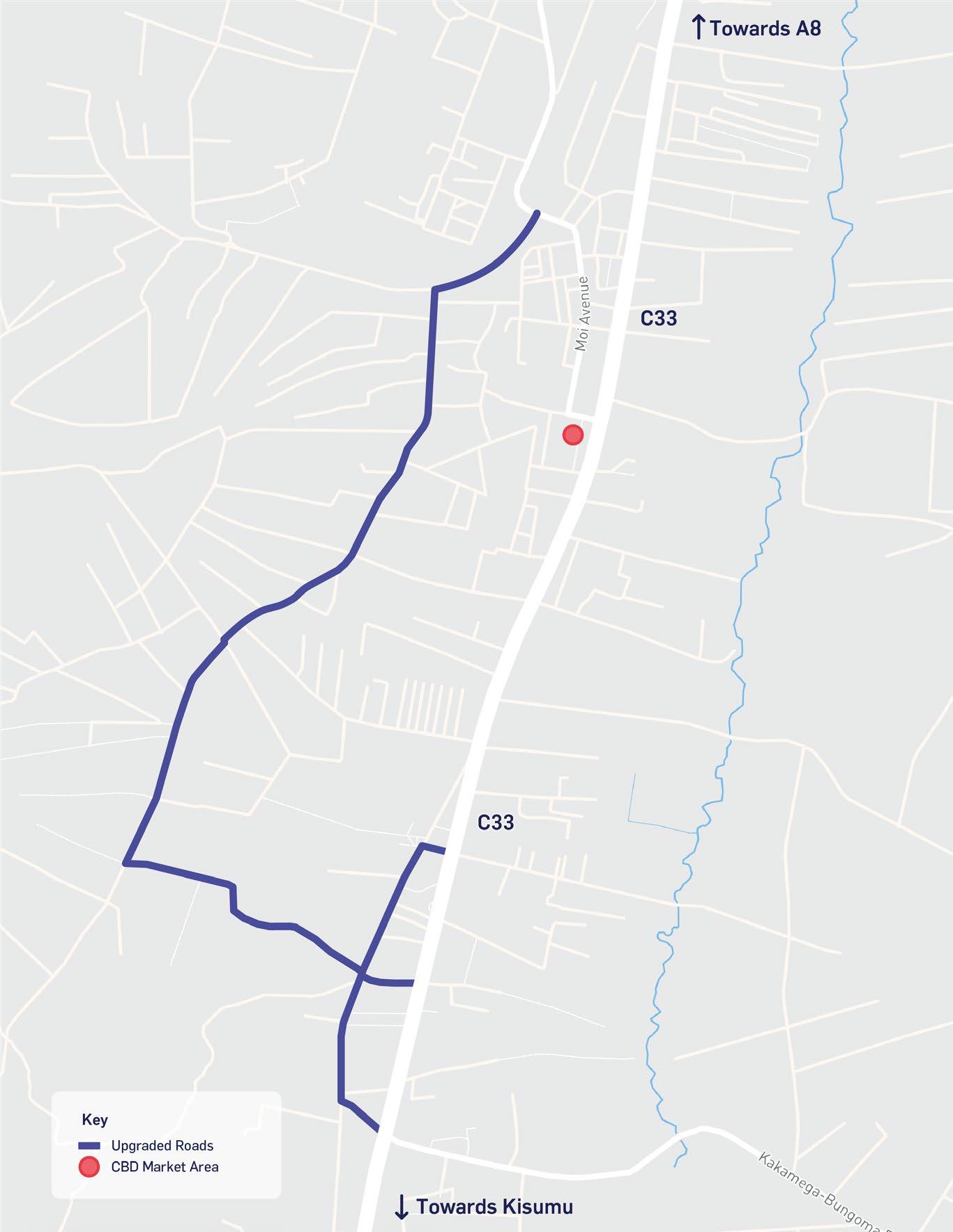1 minute read
Figure 2-4 – Bungoma Municipality’s social & demographic profile
The main economic activities undertaken in Bungoma Municipality are in the agriculture, livestock rearing and agri-processing, markets, trade and logistics, education and public services sectors. These sectors have developed over time leveraging upon Bungoma’s strategic location and availability of natural resources. There are a number of markets in the urban centres and the Bungoma CBD which serve as hubs for economic activity and the trade of vegetables, livestock, household goods and other products. Key educational institutions, such as Kibabii University and San’galo institute of Science and Technology, in addition to the numerous early education centres, primary and secondary schools, support the education sector in Bungoma Municipality. The role of the Municipality as the County HQ, with many offices and services located there, has led to the further development of the public sector in the Municipality over time.
Increased rates of rural to urban migration and urbanisation have led to urban sprawl over the past years. The growth of the Town has been limited by the presence of the two rivers on the east and west of the town. This has led to increased development pressures and the growth of a number of informal settlements in the Municipality. In addition to urban sprawl, the Municipality faces other urban challenges such as, but not limited to: high levels of congestion along the C33 and other main roads, increased rates of pollution, lack of a waste management strategy and a low number of connections to the Municipal sewer network. Despite this, there are a number of opportunities to utilise disused land, enhance environmental protection, re-organise transport and land use patterns, and enhance infrastructure provisions in order to improve the economic, environmental, and social conditions present in Bungoma Municipality.
2.3.4 Socio-Economic and Demographic Profile
Figure 2-4 – Bungoma Municipality’s social & demographic profile
Source: Atkins, 2022











